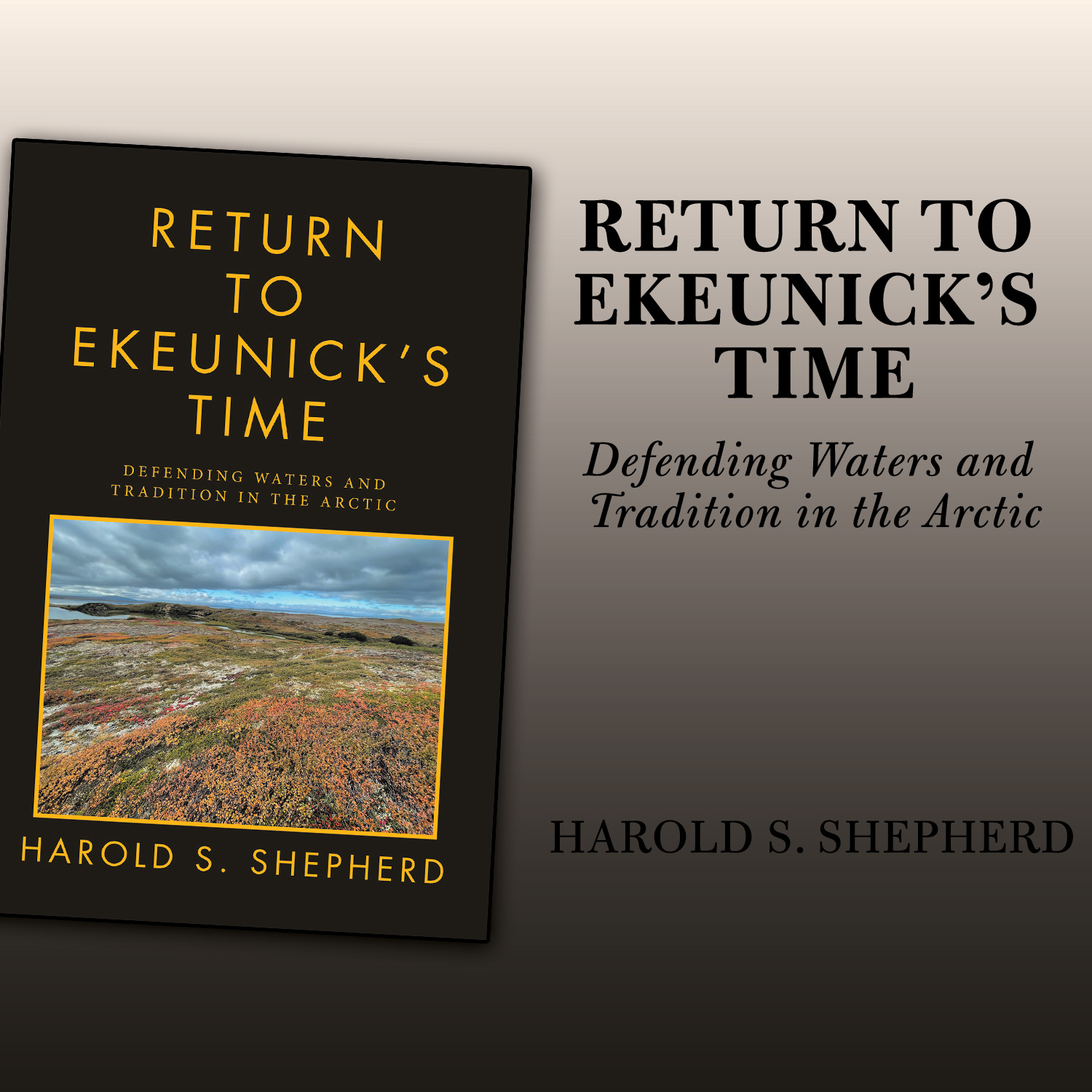One of the primary motivations
 behind the campaign for Alaska’s statehood was the impact of large canneries on salmon that used fish traps and wheels to drain returning runs. At the same time, due to the lack of the Territory’s regulatory authority and because federal authorities were under the control of corporate interests, these canneries avoided paying taxes and laws to protect the fishery.
behind the campaign for Alaska’s statehood was the impact of large canneries on salmon that used fish traps and wheels to drain returning runs. At the same time, due to the lack of the Territory’s regulatory authority and because federal authorities were under the control of corporate interests, these canneries avoided paying taxes and laws to protect the fishery.
Return to Ekunick’s Time looks at how, as the 49th state to enter the union, Alaska had the benefit of observing the mistakes made by other states that were beginning to experience environmental degradation due to industrial extraction. As such, in the early years after statehood, the State was a leader in creating and enforcing environmental policy which, together with the emerging activism of Alaska Native communities, played a part in the birth of the nationwide environmental movement.
Eventually, however, the lure of the riches, particularly from the discovery of oil in Prudhoe Bay, became too much for Alaska’s political leadership, and over the past 50 years, the extraction industry has dominated state policies. Today, under a series of conservative politicians in power at both the federal and state levels (as championed particularly by the former Trump administration), resource extraction corporations are once again having substantial impacts on water and subsistence resources relied upon by Alaska Native communities.
At the same time, after a campaign led by powerful industrial interests and conservative politicians to discredit the environmental movement, today tribal leaders and everyday citizens in Alaska are hailing a new era of protecting water resources by emphasizing traditional values and management strategies in the face of existential threats from climate change and politics. According to Alaska Native author William Oquilluck, during the time of Ekeunick – the legendary leader of the Inupiat people in ancient times – “the Eskimo’s ancestors did not use their minds like later times when they invented tools, clothes, houses, boats, and weapons. They had no worries about living.”
Could the return to traditional values as a means of addressing the impacts of climate change and mismanagement of natural resources, help to move the needle towards a return to times when Alaska Native people will no longer have to worry about the survival of their traditions and culture?
Other Ways to order:
- Call: 1- 844-349-9409
- Fax: 812-355-4085
- E-mail:support@contentdistributorsllc.com
- Log on to: https://www.iuniverse.com/en/register. For more information about how to log on to this page, please see the “iUniverse author center” section later in this letter.
- Or by mail, please send your order, along with a check or payment information to:Attention: Book OrdersIUniverse1663 Liberty DriveSuite 200
Bloomington, IN 47403

